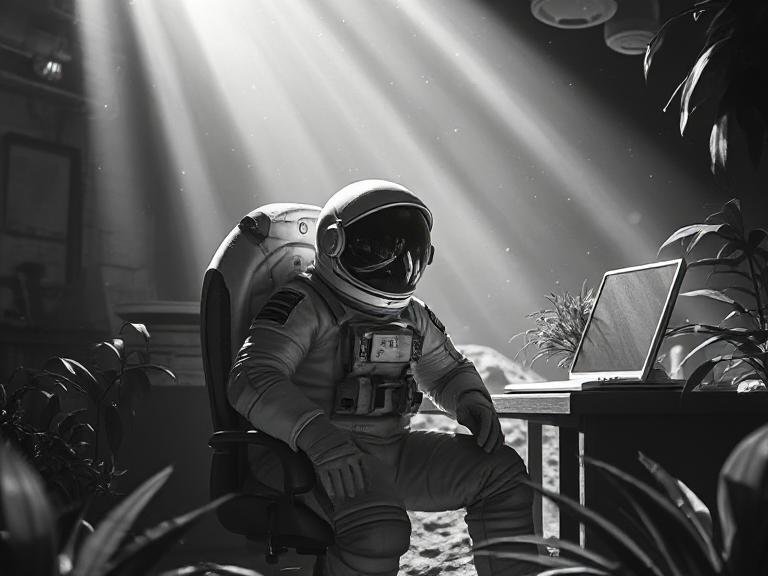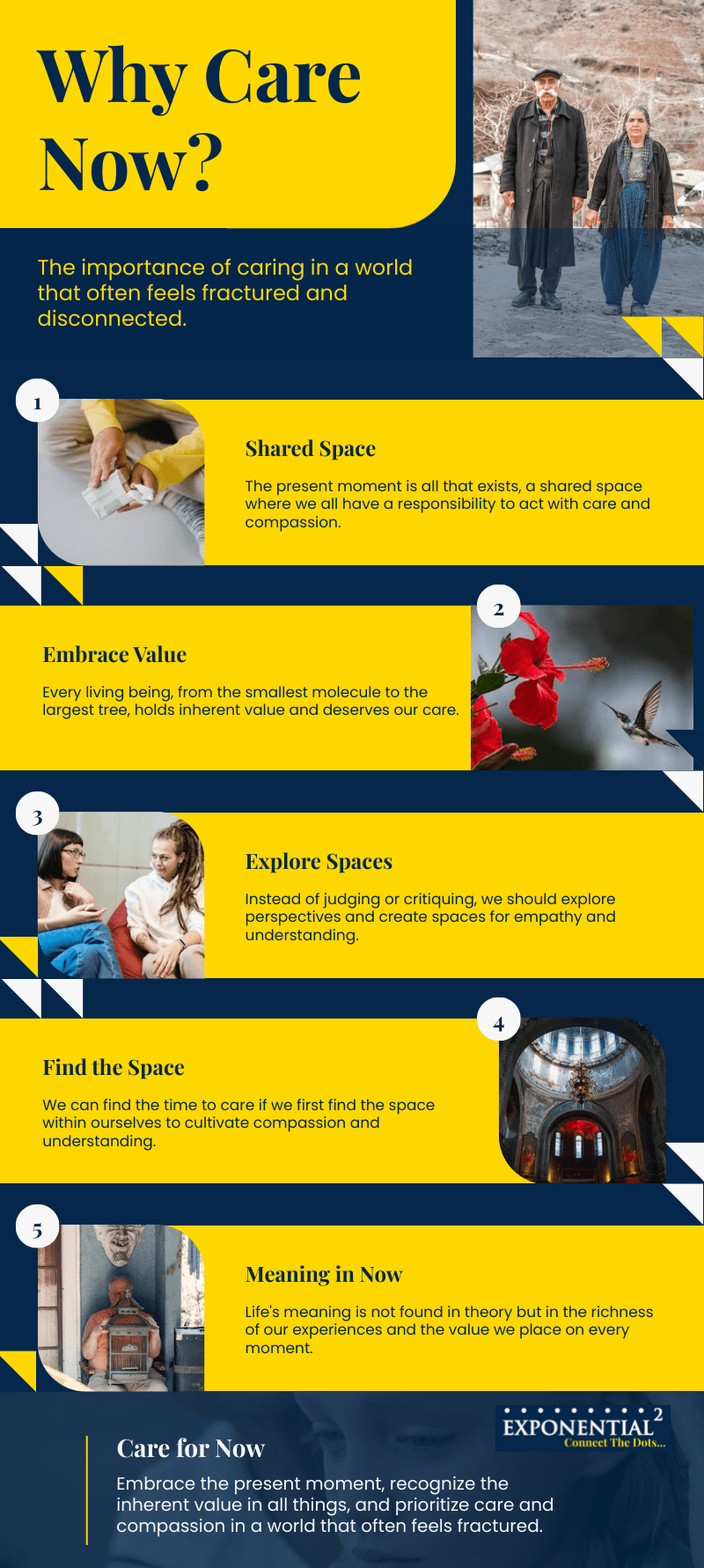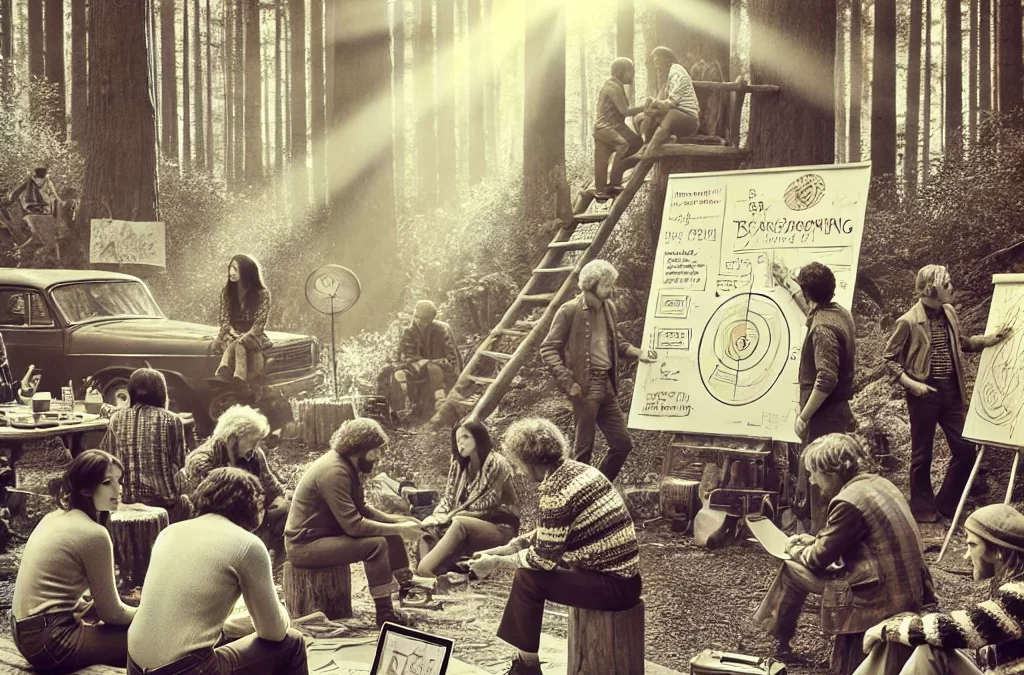
Learning from Seth Klukoff: Strategic Communications That Actually Work
This is the first in a new series where I sit down with fellow professionals to explore their expertise and learn from their unique perspectives. Today’s conversation is with Seth Klukoff of Eoan Strategies, a fellow member of the Independent Philanthropy Advisor Referral Group (IPAR).
What struck me most about our conversation was Seth’s fundamental reframing of what thought leadership actually means in today’s crowded communications landscape.
Beyond the Buzzword: What Thought Leadership Really Is
“Thought leadership is about sharing knowledge to inspire change—in behavior, policies, or practices,” Seth explained.
This is not just another marketing buzzword—it is a strategic approach that requires four critical components:
- A strong evidence-based point of view (not just opinions)
- Understanding the context (knowing the landscape in which you are operating)
- Seeing things from various fields (bringing transdisciplinary perspective)
- Knowing what motivates your audience (the key to actual influence)
From my own experience in philanthropy advising and as online faculty at the UNH College of Professional Studies, I’ve seen too many organizations skip straight to tactics—the press releases, social media campaigns, and events—without first establishing this foundation. Seth’s framework reminds us that effective communication starts with having something meaningful to say.
The “Why” and “So What” Problem
One of his most valuable insights centered on what he calls the “why” and “so what” challenge. “Thought leadership is about the ‘why’ and ‘so what’—not just executing communications strategies like social media or press releases.”
Too often, I see foundations and nonprofits that can articulate what they do and how they do it, but struggle to communicate why it matters and so what if they succeed or fail.
Seth’s approach at Eoan Strategies addresses this by helping organizations:
- Strengthen financial sustainability by articulating impact more clearly
- Navigate uncertainty with clear, consistent messaging during crises
- Launch strategic initiatives with well-defined points of view
- Sharpen organizational identity to demonstrate competitive distinction
Integration, Not Isolation
Perhaps the most actionable insight from our conversation was Seth’s emphasis that “organizations should weave thought leadership into everything, not treat it as a side project.”
His insight challenges a common approach whereby thought leadership is assigned to the communications team as an add-on responsibility. Instead, Seth advocates for integration across all organizational functions—from program design to board communications to donor relations.
“In my work with family foundations and individual philanthropists, I’ve observed that the most effective giving strategies emerge when the “thought leadership” mindset permeates decision-making at every level, not just external communications.” – Seth Klukoff
The Strategic Sequence That Actually Works
Seth outlined a precise sequence that leaders should follow before jumping into tactics:
- Define the desired change you want to create
- Identify your audiences who can help create that change
- Craft key messages that will resonate with those audiences
- Set clear calls to action that move people toward your desired change
- Then select the appropriate tactics and channels
This methodical approach stands in stark contrast to the “let’s start a podcast” or “we need to be on TikTok” mentality that often drives communications planning.
What This Means for Philanthropic Practice
As someone who works with philanthropists and foundations daily, I see immediate applications for Seth’s framework:
For Family Foundations: Use this sequence to move beyond “we fund education” to “we fund education because we believe X, and here’s the specific change we’re working toward.”
For Individual Philanthropists: Apply the four components of thought leadership to your giving strategy—what’s your evidence-based point of view on the issues you care about?
For Nonprofit Partners: Challenge yourselves to articulate not only your programs but also your theory of change and why your approach matters in the broader context.
Seth’s expertise in strategic communications offers valuable lessons for anyone working to create change through philanthropy. His emphasis on evidence-based thinking, audience understanding, and strategic sequencing provides a roadmap for more effective philanthropic communication.
What questions would you want me to explore with Seth or other experts in future conversations? I’m always looking to learn from practitioners who are advancing the field.
About Robert Levey
Founder of The Philosopher Files, Robert is a senior online adjunct faculty member at the UNH College of Professional Studies as well as a member of the Independent Philanthropy Advisor Referral Group.
About Seth Klukoff and Eoan Strategies
Seth leads strategic communications and thought leadership development for organizations creating change across education, health, workforce development, and economic mobility. Learn more at Eoan Strategies.
About Spaciology
Spaciology is not abstract theory; rather, it is a practice you can feel.
- Inside: Pause, breathe, notice.
- Outside: Design rooms, rituals, and agendas that slow the spin and invite care.
- Between us: Make dialogue a place where different truths can live together long enough to teach something.
Ultimately, leadership is the art of making space for what’s important (for everyone) and letting that clarity shape the next step. When we change the spaces from which we lead, our strategies change with them.




